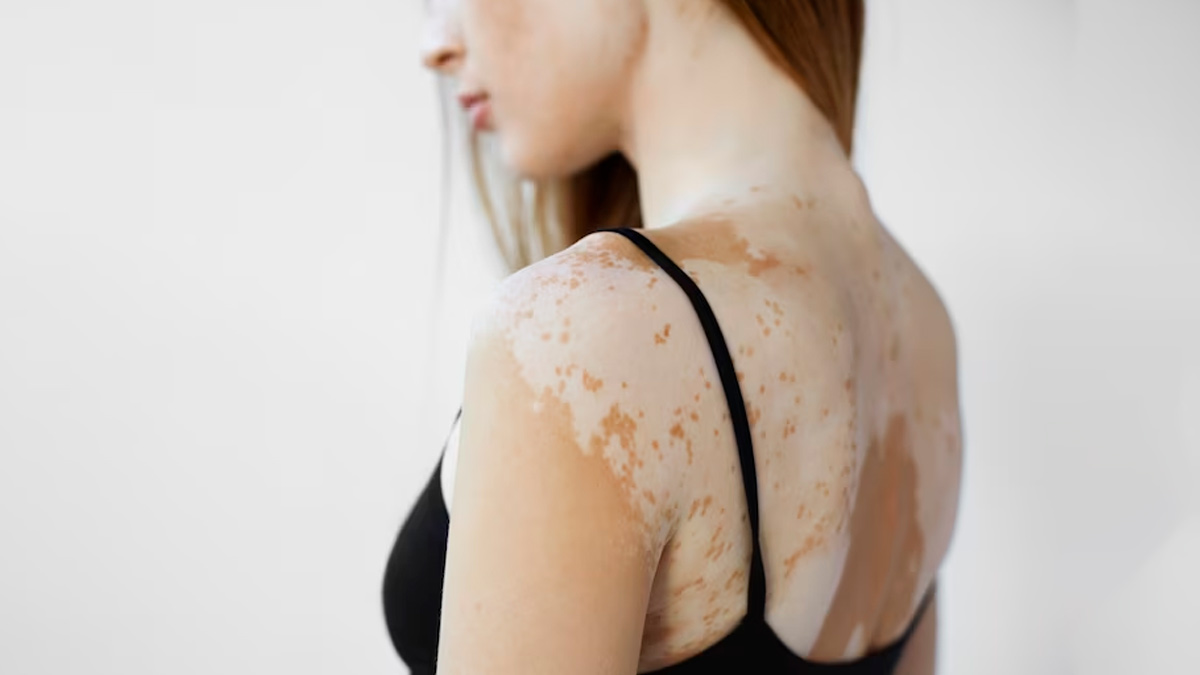
Vitiligo, a skin condition characterised by the loss of skin pigment, affects millions of people worldwide. Unfortunately, due to its relatively uncommon nature, various myths and misconceptions have arisen surrounding vitiligo. To dispel some of the common myths about vitiligo, we spoke to Dr G Ravichandran, Dermatologist, Apollo Spectra, Chennai.
Table of Content:-
Need to Dispell Myths About Vitiligo
According to the Global Vitiligo Foundation, "70 million people across the world have vitiligo, and nearly 25-30% of patients are children." Considering this, the misconceptions surrounding vitiligo often lead to stigmatisation and discrimination against those affected by the condition. By debunking these myths, we can reduce the psychological burden faced by individuals with vitiligo, promoting their mental well-being and self-esteem.
Additionally, dispelling myths challenges harmful beauty standards and societal norms, fostering a more inclusive environment that embraces diversity and treats everyone with dignity and respect, regardless of their appearance or skin condition.
Also Read: World Vitiligo Day 2023: Significance And Why It's Celebrated
Myths and Facts About Vitiligo
Myth: Vitiligo is Contagious

Fact: Dr Ravichadran said that vitiligo is not contagious. "It is an autoimmune disorder caused by the immune system mistakenly attacking skin cells. It cannot spread through touch or close contact with affected individuals," he added. This clarification is vital in dispelling the fear and misunderstanding that can lead to social isolation and discrimination for those with vitiligo.
Myth: Vitiligo is Caused by Poor Hygiene or an Unhealthy Lifestyle
Fact: "The exact cause of vitiligo remains unknown, but it is not related to personal hygiene or lifestyle choices. Genetic factors and autoimmune mechanisms are believed to play a significant role," explained Dr Ravichandran.
Myth: Vitiligo Primarily Affects those with Darker Complexion
Fact: "Vitiligo can affect individuals of all ethnicities and skin tones. However, it is more noticeable in people with darker skin due to the contrast between the depigmented patches and the surrounding skin," said the doctor.
Myth: Vitiligo is Untreatable
Fact: Providing information about available treatments offers hope to individuals with vitiligo and emphasises the importance of seeking medical advice for proper management.
Also Read: What Is The Duration Of Treatment For Vitiligo?
"While there is currently no cure for vitiligo, various treatments can help manage the condition. These include topical corticosteroids, phototherapy, and depigmentation in cases of widespread vitiligo," said Dr Ravichandran.
Myth: Vitiligo Results From Emotional Trauma or Stress
Fact: "While stress can exacerbate some skin conditions, there is no evidence to suggest that vitiligo is directly caused by emotional factors. It is primarily an autoimmune disorder with a complex underlying mechanism," stressed the doctor.
Conclusion
Dr Ravichandran emphasised that dispelling these myths about vitiligo is crucial in fostering a more inclusive and understanding society. "It is essential to provide accurate information and support to those affected by vitiligo, ensuring they are not stigmatised or misunderstood. Increased awareness of the facts surrounding vitiligo will promote empathy and acceptance, creating a more compassionate environment for those living with this skin condition," he concluded.
By breaking down these misconceptions, we can create a society that celebrates diversity and embraces individuals with vitiligo as an integral part of our community. As we continue to learn more about vitiligo and its management, let us move forward with compassion and understanding, making the world a better place for everyone affected by this condition.
[Disclaimer: This article is for informational purposes only. Consult your healthcare provider to get a thorough diagnosis and treatment as per your health needs.]
Image Credits: freepik
Also watch this video
How we keep this article up to date:
We work with experts and keep a close eye on the latest in health and wellness. Whenever there is a new research or helpful information, we update our articles with accurate and useful advice.
Current Version